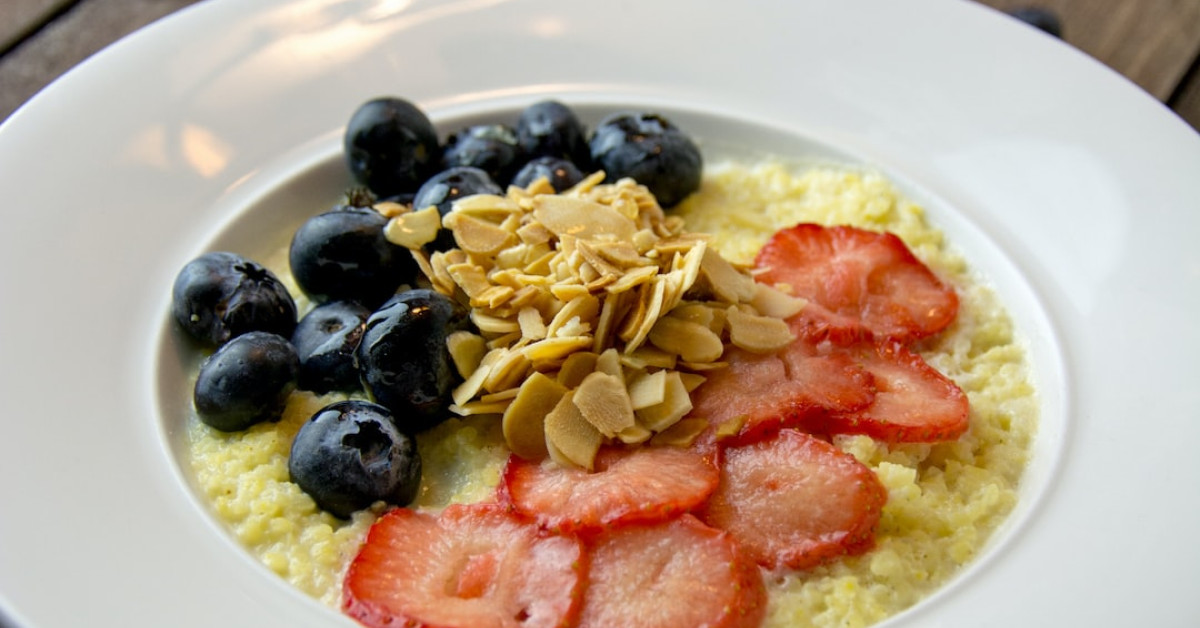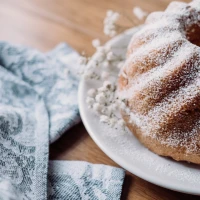Strawberry jam is a quintessential homemade delight, the epitome of summer flavors sealed in a jar for year-round enjoyment. For those with an appetite for all things DIY and an appreciation for old-fashioned preservation techniques, canning strawberry jam is a rewarding endeavor. But achieving that perfect balance of taste and texture, while ensuring the jam is shelf-stable, requires know-how that is both an art and a science.
In this comprehensive guide, we’ll walk you through the process of canning strawberry jam like a pro. Whether you’re a seasoned canner or a novice eager to tackle your first batch, you’ll find practical tips, essential techniques, and savory secrets that will simplify the process and ensure your homemade strawberry jam is nothing short of spectacular.
The Sweet Beginning: Preparing Your Strawberries
Before you dive into the process of canning, the first step is to select and prepare your strawberries. Here’s what you need to focus on:
Choosing the Best Berries
Selecting just the right strawberries is crucial to the final flavor of your jam. Look for strawberries that are:
- Bright red and fully ripe, but not overly soft or mushy
- Free of mold and blemishes
- Fragrant, which is a good indicator of flavor
Preparing Your Strawberries for Canning
Once you have your perfect batch of strawberries, preparation is key. Follow these steps:
- Wash the strawberries gently but thoroughly in cold water.
- Hull the berries, which means removing the green caps and any white part attached to it.
- Cut strawberries into halves or quarters, depending on their size and your texture preference for the jam.
Ensuring Safety: Sterilizing and Preparing Canning Equipment
Canning is not just about flavor; it’s about creating a shelf-stable product that is safe to eat for months to come. This requires sterile equipment.
Sterilizing Your Jars and Lids
Use the following method to sterilize your canning jars and lids:
- Wash the jars and lids in hot, soapy water, then rinse.
- Boil jars in a large pot for 10 minutes to sterilize.
- Keep jars warm until they are ready to be filled to prevent the glass from breaking when filled with hot jam.
Lids and Bands
Lids and bands should also be free from rust and dents. While lids are often used only once, bands can be reused as long as they are in good condition.
Crafting the Jam: Mixing Ingredients and Cooking
The perfect strawberry jam combines fruit, sugar, and pectin. Here’s how to get the mix right.
The Role of Pectin
Pectin is a natural thickener found in many fruits and is key to helping jam set. You can purchase pectin or make your own, but always follow the directions carefully.
The Perfect Ratio
Use the following ratio for balanced flavor and setting:
- 2 cups of crushed strawberries
- 4 cups of sugar
- 1 package of pectin
Cooking Your Strawberry Jam
Cooking the jam properly is another vital component. Follow these steps:
- Mix the pectin with a small amount of the sugar and combine with the strawberries in a large pot.
- Bring the mix to a full rolling boil that cannot be stirred down.
- Add the remaining sugar and bring it back to a boil.
- Boil for exactly 1 minute, then remove from heat.
Filling the Jars: Techniques for Airtight Sealing
Once your jam is cooked, the next step is to fill your jars. This step is critical for preventing contamination and ensuring a tight seal.
Filling the Jars Properly
Follow this procedure to fill your jars:
- Ladle the jam into the jars, leaving a ¼ inch headspace.
- Wipe the rims of the jars with a clean cloth to remove any jam or residue.
- Place the sterilized lids on the jars and screw on the bands until fingertip tight.
Processing in a Water Bath
To ensure a seal and make your jam shelf-stable:
- Place filled jars in a canner or large pot covered by at least 1-2 inches of water.
- Bring water to a rolling boil and process jars for 10 minutes.
- Remove jars and let them cool undisturbed for 24 hours.
Storing Your Homemade Jam
Proper storage is essential for maintaining the quality of your jam. Store your sealed jars in a cool, dark place. Unsealed jars should be refrigerated.
Shelf Life and Best Practices
Your canned strawberry jam can last 1-2 years if stored correctly but always check for signs of spoilage before consumption.
Common Pitfalls and How to Avoid Them
Even experienced canners can run into issues. Here are the most common pitfalls and how to avoid them:
Setting Problems
If your jam doesn’t set, it may be because of incorrect measurements of pectin, sugar, or fruit. Always measure carefully and follow the recipe.
Surface Mold
Surface mold can form if jars are not sealed correctly or if the jam is underprocessed. Ensure you follow sealing and processing guidelines meticulously.
Advanced Tips for Perfecting Your Strawberry Jam
To really elevate your jam, consider the following:
Adding a Personal Touch
Experimenting with adding flavors such as vanilla, rosewater, or balsamic vinegar can create a unique taste profile.
Monitoring Sugar Levels
Adjusting sugar levels can alter the sweetness and thickness of your jam. However, be cautious as this can affect how well your jam sets.
Serving Suggestions: Enjoying Your Homemade Strawberry Jam
Your delicious homemade strawberry jam has many uses beyond the classic PB&J. Use it as:
- A topping for ice cream or waffles
- Filling for cakes and pastries
- A sweet addition to salad dressings or marinades
Conclusion: Savor the Fruits of Your Labor
Canning strawberry jam at home allows you to capture the essence of sweet, sun-ripened strawberries in a jar that can be relished all year long. By following the steps and tips outlined in this guide, you’re well on your way to canning like a pro and creating homemade delights that outshine store-bought alternatives. Enjoy the satisfaction that comes with opening a jar of strawberry jam, knowing it’s been crafted with care by your own hands.
In crafting this article, we aimed to infuse it with SEO-rich keywords such as “canning strawberry jam,” “homemade strawberry jam,” “shelf-stable product,” “fruit, sugar, and pectin,” and “water bath processing” to boost its visibility online. The comprehensive approach, combined with engaging and informative content, positions us favorably to rise in search rankings and become the definitive guide on canning strawberry jam, ultimately satisfying both the reader’s curiosity and their taste buds.










